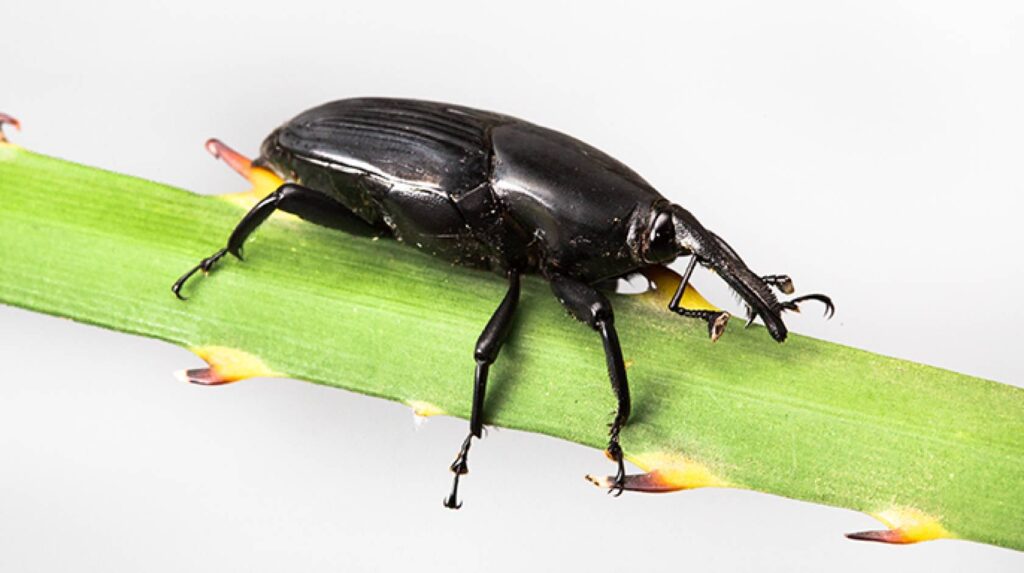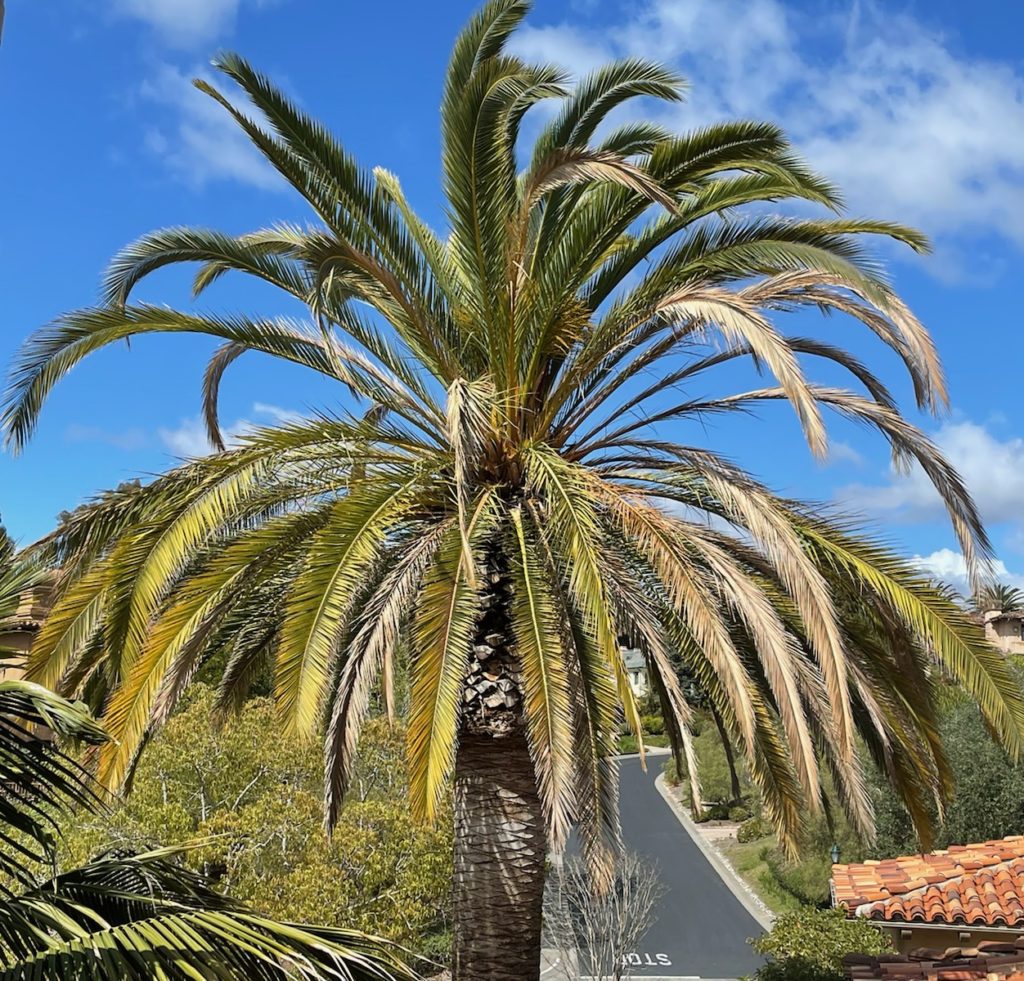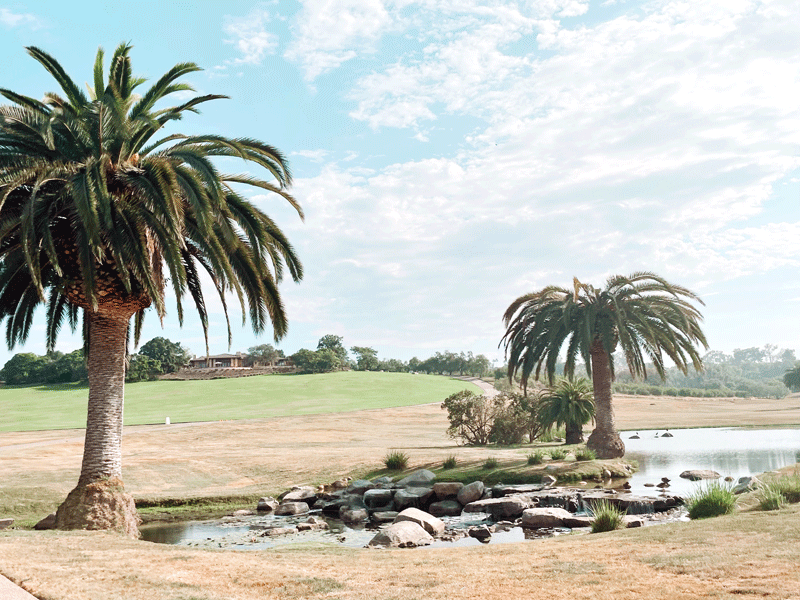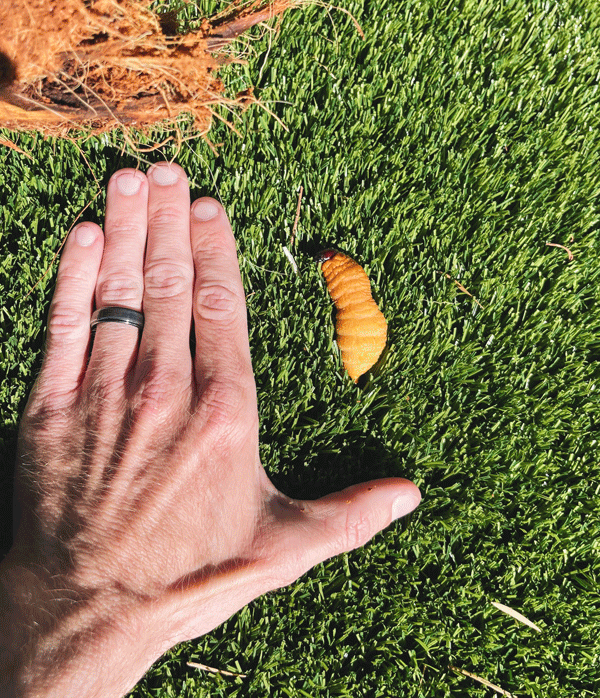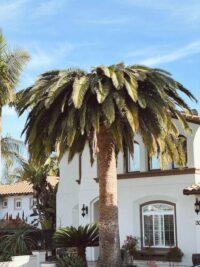It’s been a troublesome palm killer in San Diego for years, and the attacks have only gotten worse! Who or what is causing this havoc?
The South American Palm Weevil!
Originally native to Central and South America, this destructive beetle is killing Canary Island date palms throughout California, Arizona, and Texas. It has been a sad sight to see towering palm after towering palm taken out by such a small creature around San Diego. But the problem does not just stop there. While primarily recognized as a threat to Canary Island date palms, this weevil recently expanded its range to other palms and trees, thus bringing with it significant ecological and economic challenges.
What other trees is the South American palm weevil affecting?
While the South American palm weevil is widely known in San Diego and the rest of Southern California as a notorious killer of our precious Canary Island date palms, it is reported to have infested 35 plant species in 12 different families. These species are divided into a list of primary host plants and secondary host plants. Primary host plants are species that can house the South American palm weevil in all life stages, while secondary host plants are a food source for the weevil or a home for it in its early stages but not its complete life cycle. Often times, the weevil will feed on the ripe fruit, such as mango and avocado, but this does not cause a huge detrimental effect on the overall plant’s health.
California Primary Host Plants
- Guadalupe palm
- Blue fan palm
- Senegal palm
- Chilean wine palm
- Canary Island date palm
- Bermuda palmetto
- Kamalo pritchardia
- Alakai Swamp pritchardia
- Bolivian mountain coconut
- Bismarck palm
- Triangle palm
California Secondary Host Plants
- Pineapple
- Custard apple
- Fosberg breadfruit
- Papaya
- Citrus
- Mango
- Banana
- Avocado
- Guava
- Cocoa
Recently Detected Host Palms
- California fan palm
- Date palm
- Fishtail palm
- King palm
- Mexican fan palm
- Queen palm
How can the South American palm weevil be stopped?
An effort is still underway to develop an insecticide and an extermination method that will effectively stop an infestation. The reason why Canary Island date palms have been dying off throughout Southern California is because the South American palm weevil is unbelievably difficult to kill once it has made its way deep into the heart of a palm. However, methods are available that can be successful at blocking an early infestation.
Integrated pest management (IPM) strategies include:
Monitoring and early detection
Examine your date palm. Regular surveillance helps in early identification of infested trees, enabling prompt action to prevent further spread.
Chemical control
While insecticides can be used to manage existing infestations, the eradication success rate is low to moderate, contingent on the level of the infestation. Insecticides are also used to protect palms that are not currently infested as a means to deter the weevil the plant as a host. The chemicals that are used are very potent and must be carefully administered to minimize environmental impact.
Biological control
Research is ongoing to identify natural predators and parasitoids that can help control South American palm weevil populations without harming other species.
Public awareness
You don’t know what you don’t know. Therefore, educating the public on the South American palm weevil and its signs is important to control the weevil population. If property owners and caretakers know what to look for, immediate intervention can be started to try to stop the weevil’s spread.
Regulatory measures
The measures taken to remove an infested palm are very strict and meticulous in order to ensure that all the weevils are killed in the process. An infested plant cannot be removed using the same process that is used for typical tree removals. This is why it is crucial that a Certified Arborist who is skilled in weevil host plant removals is hired.
The infestation of the South American palm weevil in San Diego is a complex and evolving challenge. With its expanding host range, the weevil poses a significant threat to the region’s ecological balance and economic well-being. Continued research, public engagement, and integrated pest management strategies are essential to mitigate the impact of this invasive species and protect San Diego’s iconic palm trees.

